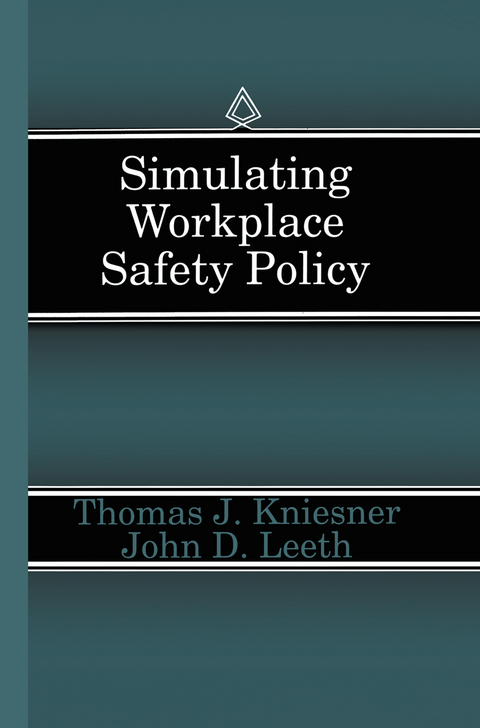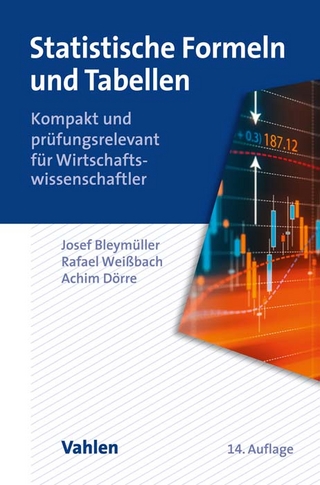
Simulating Workplace Safety Policy
Springer (Verlag)
978-94-010-4283-3 (ISBN)
1 Introduction.- Why OSHA Did Not Prevent the Tragic Fire.- U.S. Workplace Injuries and Illnesses.- Workplace Safety Programs in the United States.- Econometrically Studying Job Safety.- The Simulation Approach to Studying Job Safety.- Summary of Key Simulation Results.- Notes.- 2 The Economics of Workplace Safety.- Labor Market Equilibrium with Work-Related Health Hazards.- Workplace Safety Policy.- The Need for Numerical Simulation Research.- Conclusion.- Notes.- 3 The Simulation Model.- A Mathematical Description of Hedonic Labor Market Equilibrium.- Numerical Simulation Techniques.- Parameterizing the Simulation Model.- Initial Numerical Simulation Results.- Sensitivity Checks.- Calibrating the Simulation Model.- Conclusion.- Appendix 3A: Mathematical Derivation of the Continuous Model.- Appendix 3B: Structural Equations and Initial Parameter Values.- Notes.- 4 The Safety Policy System.- Numerical Simulation Details.- Numerical Simulation Results.- Two Possible Refinements in WC and OSHA.- Conclusion.- Appendix 4A: Structural Equations and Initial Parameter Values.- Notes.- 5 Asymmetric Information Problems in Workers’ Compensation Insurance.- Labor Market Equilibrium.- Numerical Simulation Details.- Numerical Simulation Results.- Conclusion.- Notes.- 6 Policy Implications.- OSHA During the 1970s Versus the 1980s.- Reforming OSHA.- Workers’ Compensation Insurance and Safety.- Reforming Workers’ Compensation.- Conclusion.- Notes.- References.
| Reihe/Serie | Studies in Risk and Uncertainty ; 6 |
|---|---|
| Zusatzinfo | XVII, 215 p. |
| Verlagsort | Dordrecht |
| Sprache | englisch |
| Maße | 155 x 235 mm |
| Themenwelt | Wirtschaft ► Volkswirtschaftslehre ► Makroökonomie |
| Wirtschaft ► Volkswirtschaftslehre ► Mikroökonomie | |
| Wirtschaft ► Volkswirtschaftslehre ► Wirtschaftspolitik | |
| ISBN-10 | 94-010-4283-7 / 9401042837 |
| ISBN-13 | 978-94-010-4283-3 / 9789401042833 |
| Zustand | Neuware |
| Haben Sie eine Frage zum Produkt? |
aus dem Bereich


